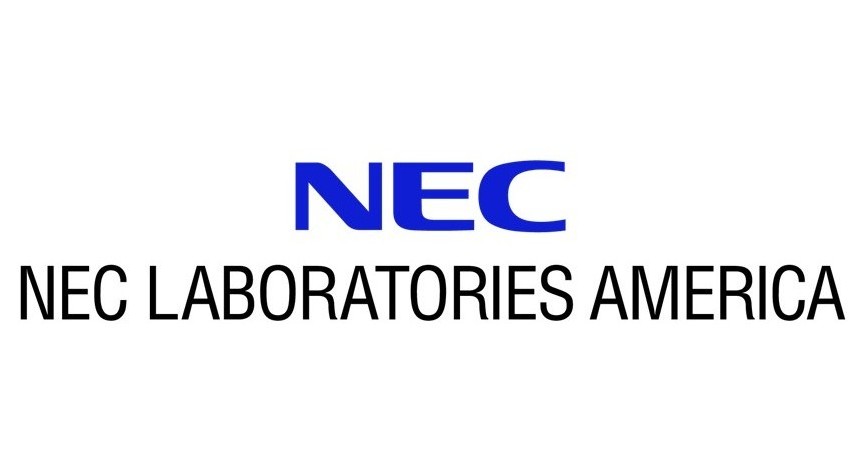SlideCraft: Context-aware Slides Generation Agent
Creating effective slide presentations requires adapting both content and structure to match the communication context e.g. whether the presentation is for summarizing to executives, or reporting progress to research supervisors. In research and enterprise environments, this need for context-sensitive presentations often leads to repeated, manual reformatting of the same material to suit different audiences. Existing generative systems support slide creation but typically rely on structured inputs, assume a fixed format, and offer limited ability to iteratively refine outputs through natural language feedback. Moreover, they rarely accommodate organizational constraints such as formatting guidelines, domain-specific terminology, or branding requirements. We present SlideCraft, a context-aware generative agent that autonomously creates and edits slide presentations based on natural language instructions. SlideCraft infers the intended presentation context, such as an executive-facing or a project review summary for technical oversight, and selects the appropriate slide template. It then synthesizes content from input documents, enriches it with external knowledge and internal assets, assembles it into a structured intermediate representation, and generates a validated slide deck. SlideCraft supports both first-time slide creation and iterative updates, operating through familiar natural language interfaces like email or messaging tools. Our experiments demonstrate that SlideCraft consistently produces high-quality, context-aware presentations tailored to diverse communication settings, with minimal human input and reliable adherence to enterprise constraints.

